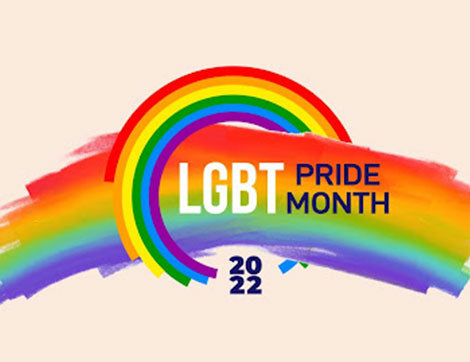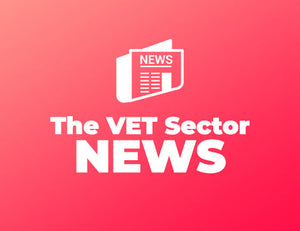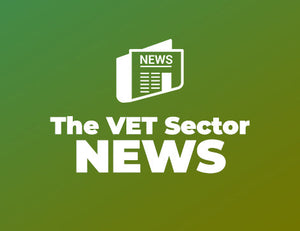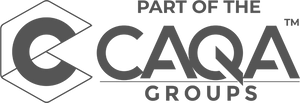
How to be an LGBT+ Inclusive Training organisation
SUKH SANDHUHow to be an LGBT+ Inclusive Training organisation
LGBT+ collectively refers to people who identify as lesbian, gay, bisexual, or transgender, and to people with gender expressions outside traditional norms, including nonbinary, intersex, and other queer people (and those questioning their gender identity or sexual orientation), along with their allies.
There are a number of things that training organisations can do to be more LGBT+ inclusive. This can include everything from ensuring that their organisation's policies are inclusive of LGBT+ people, to providing training on LGBT+ issues and ensuring that their staff are aware of the needs of LGBT+ people.
Organisations should also ensure that they are providing an inclusive environment for all employees, regardless of sexual orientation or gender identity. This means creating a workplace where everyone feels comfortable and respected, and where they can be themselves without fear of discrimination or harassment.
Here are some things you can do to help make your training more inclusive for LGBT+ people:
Review your organisation's policies and procedures to make sure they are inclusive of LGBT+ people.
Make sure your materials and curriculum are inclusive of LGBT+ people and experiences. This includes using language that is respectful and avoiding outdated or offensive terms.
Provide sensitivity training for all staff members, so they are aware of the issues faced by LGBT+ people and how to best support them.
Make sure your organisation is a safe and welcoming space for all employees, regardless of their sexual orientation or gender identity. This includes having clear anti-discrimination and anti-harassment policies in place.
Use inclusive language when advertising your courses and events. Make sure that your communications do not use any language that might exclude or alienate members of the LGBT+ community.
Consider the needs of transgender and gender non-conforming participants when planning your events. For example, provide gender-neutral bathrooms and ensure that dress code policy are inclusive of all gender identities and expressions.
Be aware of the unique needs of intersex people when planning your events. For example, ensure that your medical consent forms do not assume that all participants are of binary gender.
Foster a safe and inclusive environment at your events by clearly stating in your code of conduct that discrimination or harassment on the basis of sexual orientation, gender identity, or gender expression is not tolerated.
Educate yourself and your staff on the needs of LGBT+ people. Make sure that everyone who works for your organization is aware of the issues faced by the LGBT+ community and knows how to support members of the community who may need assistance.
Speak out against discrimination and harassment of LGBT+ people, both inside and outside of your organisation.
By taking these steps, you can help make sure that everyone in the LGBT+ community feels welcome and included in your training events.
RECENT POSTS





